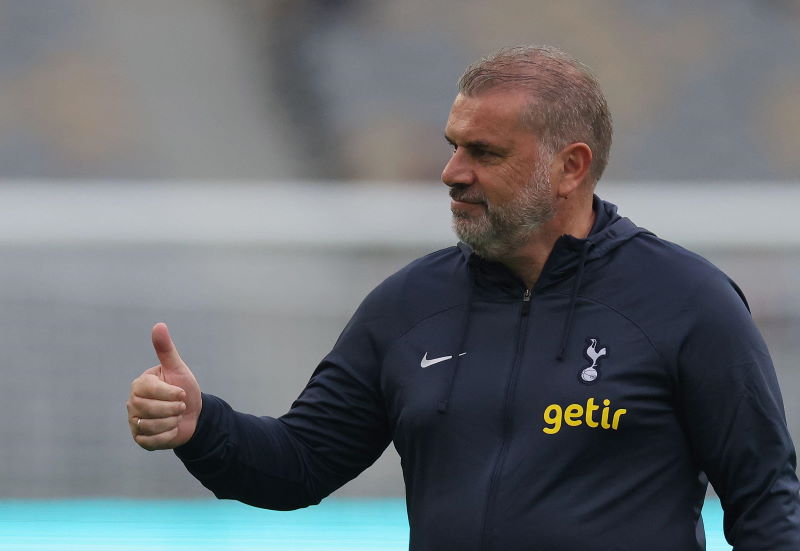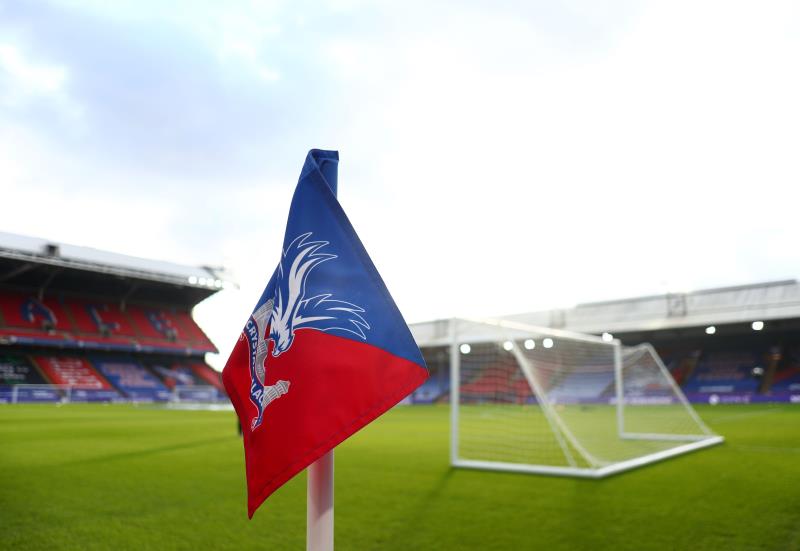
Last season they were the surprise package of Serie A, flirting with fourth place until the final game of the season – and this year they are ready to replicate last year’s feats with another campaign of success: This is the story of Lazio and their incredible coach Edy Reja.
The 66-year-old slipped into the Lazio dugout in February 2010, replacing Davide Ballardini, and leading the Biancazzurri through a troubled final few months, helping the side to avoid relegation after a series of problems both on and off the pitch.
The following season, president Claudio Lotito brought in gifted Brazilian Hernanes, a trequartista, from Sao Paulo for a substantial €11M, and Lazio hit top spot with remarkable speed. In the end, Reja and co. fought with Udinese for a precious the precious fourth and final Champions League spot, but the Bianconeri of Friuli emerged triumphant and Lazio entered the Europa League in a state of despair.
As the current campaign rolled around, received wisdom suggested Lazio would return to mid-table stability, not repeat last season’s heroics. In the summer, forward Mauro Zarate moved to Inter on loan – a big blow – but two new strikers, in the form of Germany international Miroslav Klose and France hitman Djibril Cisse, arrived.
Zarate had been a favourite of Lazio’s hard-core Curva Nord group of fans, a movement that has been linked with the far right; last season, Zarate was discovered in the Curva during a match, giving the fascist salute. It came as little surprise therefore that Lazio’s fans were angry with the club’s board for sanctioning the Argentinian’s departure, especially because Klose and Cisse were not believed good enough to keep the team towards the top end of Serie A – mid-table, it seemed, might well be their fate.
Cisse landed from Panathinaikos, fresh from two seasons of goal-getting in the Greek Superleague. The 30-year-old had scored for fun in Greece, but following underwhelming spells with Liverpool and Sunderland in England, and Marseille in France, was judged by the Lazio faithful to be a player approaching the end of his career, rather than the fresh bag of potential needed. But Cisse began life at Lazio in style, scoring at the San Siro against AC Milan (the game finished 2-2); since then the striker has had a mixed time domestically, but has excelled in the Europa League at least.
Lazio’s best piece of business though looks to be Klose. The German was not in Bayern Munich’s starting eleven last year, but in Rome has made his presence felt. Like Cisse, Klose notched his first against Milan, and he also found the winner for Lazio in the Rome derby, striking to score the second in the all-important 2-1 victory over Roma.
Cisse and Klose were not the only buys Lazio made in the summer however. President Lotito also brought in goalkeeper Federico Marchetti, who travelled to the World Cup with Italy but then sat out the whole 2010/11 campaign with Cagliari due to a falling out with president Massim Cellino. The Biancazzurri also swooped for Bosnian Senad Lulic, a left back-cum-left winger who is proving to be one of the most intriguing players in Serie A.
Reja’s usual tactical set-up sees a 4-3-1-2 formation, with Marchetti between the sticks, Abdoulay Konko, Modibo Diakite, Andre Dias and Stefan Radu forming the backline; Cristian Brocchi, dubbed the “new Italian Cristian Ledesma” deep in midfield, and Lulic who charges up and down; Hernanes acts as the side’s attacking midfielder, replete with creativity and up front sit Klose and Cisse. “Old captain” Tommaso Rocchi and Giuseppe Sculli meanwhile are always on hand to be brought on.
Lazio do not appear ready to challenge for the Scudetto, where Milan and Juventus are both more accomplished than the Biancazzurri, but a prized place in the Champions League is possible. Reja’s side recently lost to Juventus, underlining the gulf that exists between the two sides. However, Lazio hold a five-point lead over Roma at the time of writing and, for a city that lives a never-ending derby, that is almost as important as winning silverware itself.













